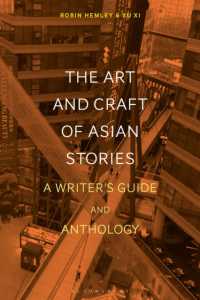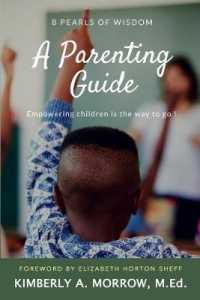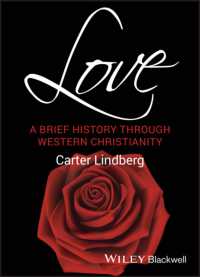Full Description
A collection of newly composed essays, some with a historical focus and some with a contemporary focus, which addresses the problem of explaining the appeal of artworks whose appreciation entails negative or difficult emotions on the appreciator's part - what has traditionally been known as "the paradox of tragedy".
Contents
Introduction; Jerrold Levinson PART I: HISTORICAL PERSPECTIVES 1. Tragic Pleasures in Plato and Aristotle; Pierre Destrée 2. The Paradox of Negative Emotion in Art in Enlightenment Aesthetics; Carole Talon-Hugon 3. A Lust of the Mind: Curiosity and Aversion in 18th Century British Aesthetics; Carolyn Korsmeyer 4. Mere Suffering: Hume and the Problem of Tragedy; Christopher Williams 5. The Problem and Promise of the Sublime: Lessons from Kant and Schopenhauer; Sandra Shapshay PART II: CONTEMPORARY PERSPECTIVES 6. A Simple Solution to the Paradox of Negative Emotion; Raf DeClercq 7. Painful Art and the Limits of Well-Being; Aaron Smuts 8. That Obscure Object of Desire: Pleasure in Painful Art; Jonathan Gilmore 9. Playing With Fire: Art and the Seductive Power of Pain; Iskra Fileva 10. Heavenly Hurt: The Joy and Value of Sad Poetry; Anna Christina Ribeiro 11. Negative Emotions and Creativity; Derek Matravers 12. Attention, Negative Valence, and Tragic Emotions; Cain Todd 13. Watching the Unwatchable: 'Irreversible', 'Empire', and the Other Paradox of Negative Emotions; David Davies








